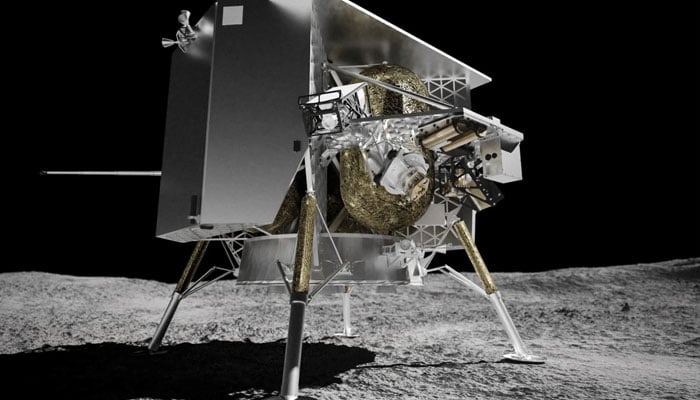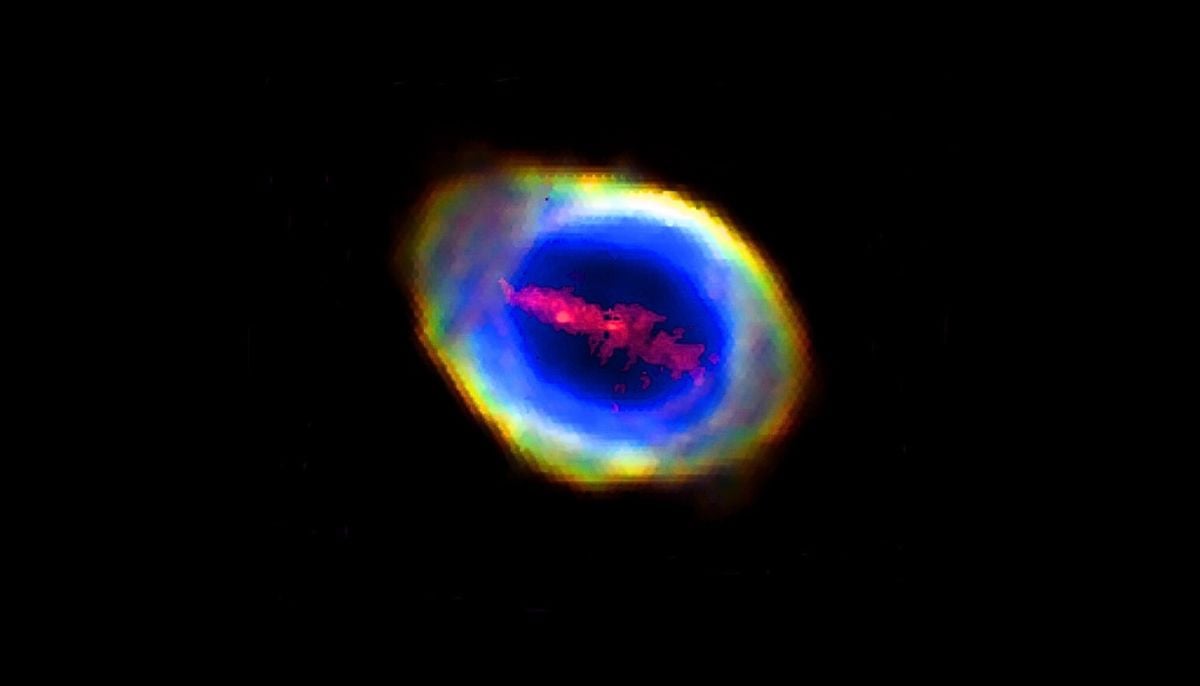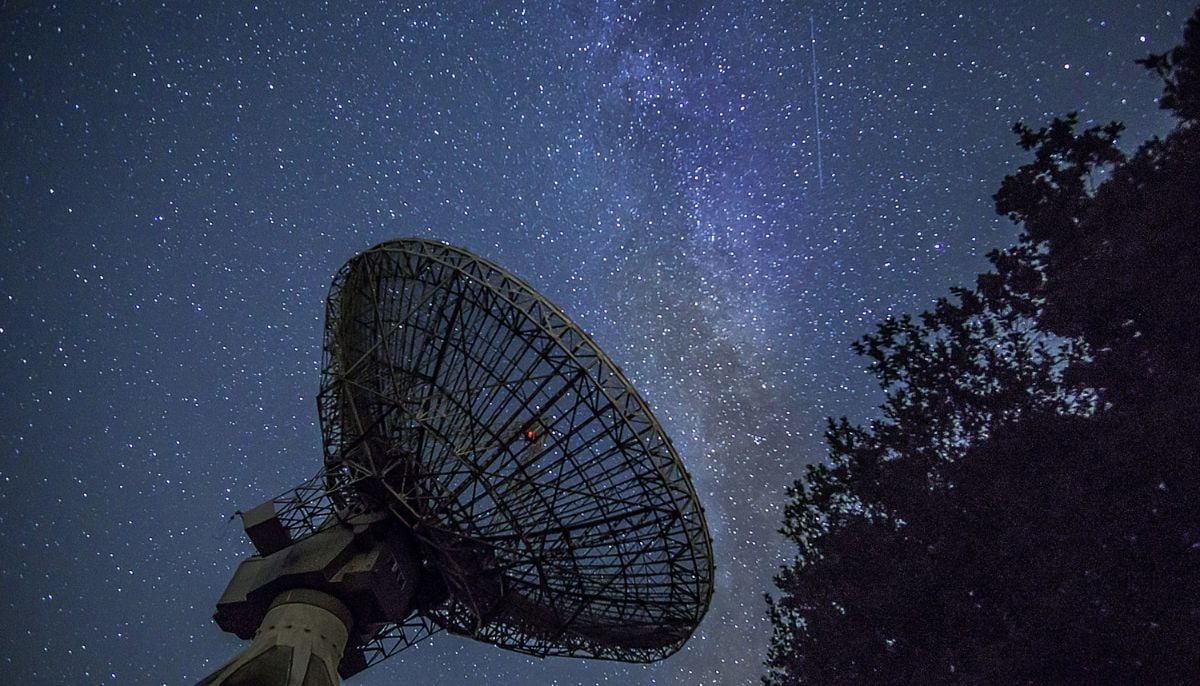First commercial flight to moon set to launch, with space burials on offer
Peregrine mission represents a significant milestone for the burgeoning commercial space industry
Astrobotic, a Pittsburgh-based company, is poised to make history with the launch of its "Peregrine" lander, aiming to achieve the first successful commercial mission to the moon.
Scheduled to lift off on Monday atop the United Launch Alliance's Vulcan Centaur rocket from Cape Canaveral, Florida, the uncrewed Peregrine mission represents a significant milestone for the burgeoning commercial space industry.
The launch, set for 2:18am ET, also marks the inaugural flight of the next-generation Vulcan Centaur booster, enhancing the mission's significance. If successful, Astrobotic could secure its place as the first private company to achieve a controlled, or "soft," landing on the lunar surface, a feat accomplished only by a few countries' space agencies to date.
The mission, although a private endeavour, is sponsored by Nasa's Commercial Lunar Payload Services program, aligning with the agency's broader goal of returning astronauts to the moon.
Joel Kearns, a deputy associate administrator at Nasa headquarters, emphasised the strategic value of leveraging entrepreneurship and innovation in the American industrial base through partnerships with commercial providers. Such collaborations enable Nasa to conduct more frequent and cost-effective lunar missions.
Under the Commercial Lunar Payload Services program, the Peregrine lander carries five Nasa instruments to the moon, facilitating scientific exploration. Instruments include gauges to measure the lunar radiation environment and spectrometers to analyze material abundance, such as hydrogen.
Additionally, the mission accommodates unique payloads, emphasising its commercial aspect. Elysium Space and Celestis, two companies specialising in "space burials," contribute to the payload by carrying cremated remains into orbit or to the moon.
John Thornton, CEO of Astrobotic, expressed the significance of the Peregrine mission for the U.S. commercial space industry, foreseeing it as a catalyst for a new era of space technology and innovation.
The mission's success could propel both Astrobotic and Pittsburgh into the forefront of space exploration, symbolising resilience and reinvention, akin to the city's transformation from a steel-centric past.
As the Peregrine lander targets a lunar touchdown on February 23 at the Sinus Viscositatis site, where ancient lava once flowed, the mission stands as a testament to the evolving landscape of space exploration, where private entities play an increasingly vital role in pushing the boundaries of human achievement.
-
Bamboo: World’s next sustainable ‘superfood’ hiding in plain sight
-
NASA Artemis II rocket heads to the launch pad for a historic crewed mission to the Moon
-
Blood Moon: When and where to watch in 2026
-
Elon Musk’s Starlink rival Eutelsat partners with MaiaSpace for satellite launches
-
Blue Moon 2026: Everything you need to know
-
Scientists unravel mystery of James Webb’s ‘little red dots’ in deep space
-
ISS crew of four completes medical evacuation with safe splashdown off California
-
Annular solar eclipse 2026: Here's everything to know about the ‘ring of fire’












